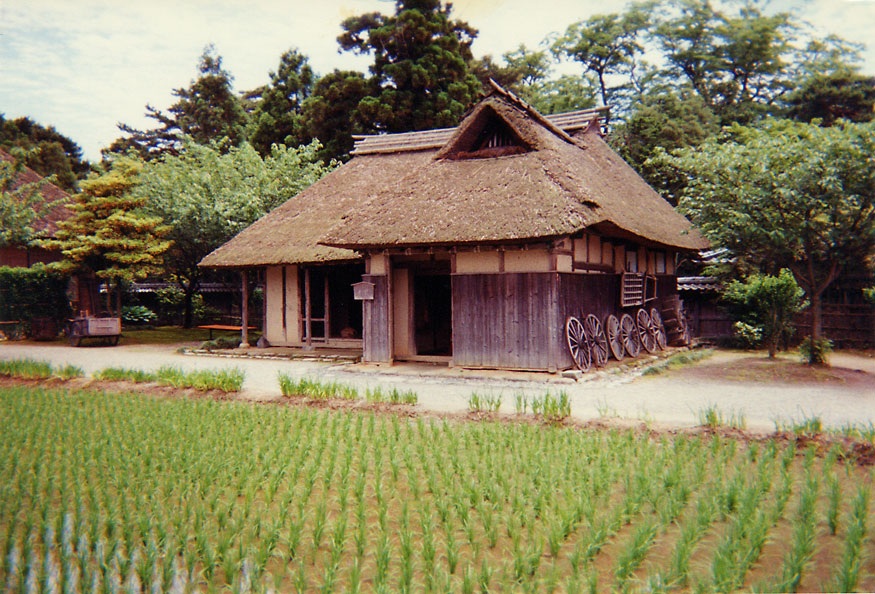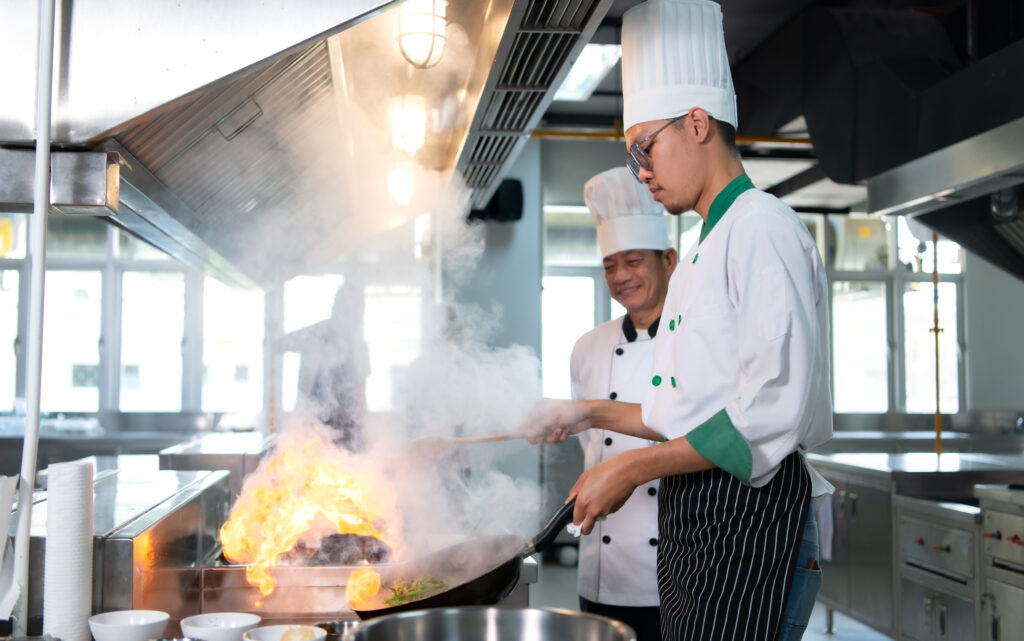
Asian cuisine is celebrated worldwide for its diversity, complexity, and exquisite flavors, reflecting the cultural tapestry of the continent. From the aromatic spices of Indian curries to the delicate balance of Japanese sushi, each dish tells a story of history, geography, and tradition. Let’s delve into the fascinating journey of Asian cuisine through the ages.


Ancient Foundations
The roots of Asian cuisine stretch back thousands of years, evolving alongside civilizations that thrived across the continent. In ancient China, around 5000 BCE, early cultures cultivated rice and developed basic cooking techniques that laid the foundation for what would become one of the world’s most influential culinary traditions. The concept of balance in flavors—sweet, sour, bitter, salty, and umami—became integral to Chinese cooking.
Influence of Trade and Migration
As trade routes expanded, so did the exchange of culinary practices and ingredients. The Silk Road, for instance, facilitated the spread of spices like cinnamon, cloves, and pepper from India and the Middle East into Central and East Asia. These spices not only enriched the flavors of local cuisines but also became symbols of wealth and power.


Culinary Diversity
Asian cuisine is as diverse as its landscapes. In Japan, sushi and sashimi showcase the pristine flavors of fresh seafood, while in Thailand, the harmonious blend of spicy, sweet, salty, and sour in dishes like Tom Yum soup reflects a vibrant culinary heritage. Meanwhile, Indian cuisine dazzles with its array of curries, tandoori meats, and aromatic biryanis, each region offering unique interpretations shaped by local ingredients and cultural influences.

Cultural Significance
Food in Asia transcends mere sustenance—it is deeply intertwined with cultural and spiritual beliefs. In countries like India and Thailand, traditional ceremonies and festivals often revolve around elaborate feasts that honor deities, ancestors, or celebrate the harvest season. In China, the concept of food therapy, using ingredients to maintain health and balance in the body, has been practiced for centuries.
Modern Evolution
In the modern era, Asian cuisine continues to evolve, influenced by globalization, technology, and changing tastes. Urbanization has led to the rise of bustling street food scenes in cities like Bangkok and Taipei, where vendors offer everything from dumplings to exotic fruit desserts. Moreover, Asian diasporas have brought their culinary traditions to every corner of the globe, further enriching the culinary landscape with new flavors and innovations.
The Future of Asian Cuisine

As Asian economies grow and cultural exchange accelerates, the future of Asian cuisine looks promising. Chefs are increasingly blending traditional techniques with modern innovations, creating dishes that appeal to global palates while preserving the authenticity of their roots. Moreover, sustainability and health-consciousness are driving new trends, encouraging a return to indigenous ingredients and traditional cooking methods.
In conclusion, Asian cuisine is not merely about food—it is a journey through history, culture, and innovation. Whether you’re savoring the nuanced spices of a South Indian curry or enjoying the simplicity of a Japanese ramen bowl, each dish carries a story that connects us to the rich tapestry of Asia’s culinary heritage. So next time you sit down to enjoy Asian cuisine, remember that you’re partaking in a tradition that spans millennia—a testament to the enduring power of food to unite, delight, and nourish both body and soul.

